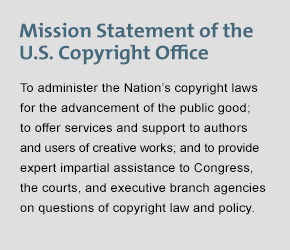Introduction: Getting to Know Your Board
Interactive White Boards (IWBs) are also known as ActivBoards. These are tools that attempt to engage the students via interactivity. The companies that produce these boards also provide a great deal of resources for use with the boards. Along with the resources are instructions and tips for incorporating them into your classroom and creating personalized components, if desired. The packs must be downloaded for later use. Many teachers have joined in using these boards as a classroom resource, yet little information is available related to the effect this has on the students in the classroom. There are three main companies that provide these boards. First is Promethean which provides a system that includes interactive abilities, a learner response system, and lesson designs. The SMART boards are interactive boards commonly used in the business sect. Finally, Mimio, which turns a normal dry erase board into an interactive one by attaching the Mimio Teach Unit. Mimio is a good choice for schools with a low budget for technology. The video above shows several examples of how to use the IWBs and includes commentary from the teachers about their experiences with them.
Effective Use: Teaching with your Board
Instructional Benefits
Some research suggests the IWBs promote active learning, classroom management, lesson organization, and flexibility in handling lesson materials. Some media outlets suggest the IWBs are "the future of educational strategies." It is important to understand that with this futuristic teaching tool, teachers must not ignore other strategies and resources available to them for use in their classrooms.
 |
| Students using a Student Response System |
The research connecting IWBs with student achievement has reported inconsistent results. The differences in results come from the length of time of exposure to the IWB and the ability of the students in general. Student response systems, graphics and videos, and reinforcer properties seem to affect the results of such studies. The student response systems are an interactive way for students to answer questions or respond to polls collectively while having the ability to see the results simultaneously. These systems show evidence of gains in student achievement as well. These achievements are dependent upon appropriate and accurate use of the board on the teacher's behalf. While there are some positive effects shown from use of IWBs, some studies report low, or even no effect at all. These results appear to be dependent upon context of use. There are three main Student Response System available. These are ActivEngage2, ActivExpression, and ActiVote. These systems allow teachers the ability to monitor student progress during class and deviate from lesson plans if necessary.
Instructional Challenges: Board use impacts educational outcomes
 |
| A picture displaying aspects of Success |
Teacher Training: Professional Development Makes a Difference
Using the IWB comes with issues and challenges that require professional development and teacher training to ensure proper and effective use of the board in the classroom. The challenges range from basic use to detailed technological issues. Training sessions may be held by the IWB's manufacturer or held during staff meeting at the local school. This training should be ongoing and should cover how to incorporate new technology into the classroom. The higher the frequency of using the IWB, the more likely the teacher is going to be competent in it's use. The training empowers the teachers to use the board in an way that effectively teaches and provides the students with an interactive learning environment.






